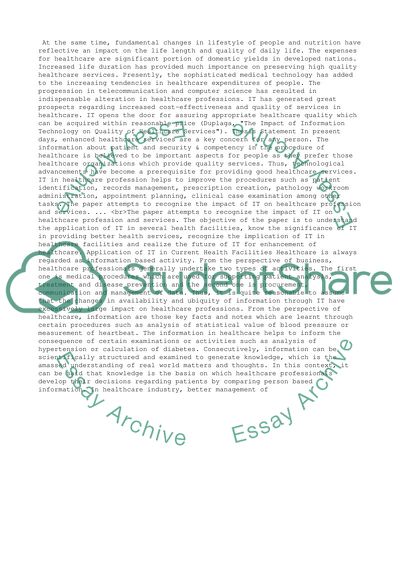Cite this document
(“Impact of information technology on a career Essay”, n.d.)
Impact of information technology on a career Essay. Retrieved from https://studentshare.org/management/1400198-impact-of-information--technology-on-a-career
Impact of information technology on a career Essay. Retrieved from https://studentshare.org/management/1400198-impact-of-information--technology-on-a-career
(Impact of Information Technology on a Career Essay)
Impact of Information Technology on a Career Essay. https://studentshare.org/management/1400198-impact-of-information--technology-on-a-career.
Impact of Information Technology on a Career Essay. https://studentshare.org/management/1400198-impact-of-information--technology-on-a-career.
“Impact of Information Technology on a Career Essay”, n.d. https://studentshare.org/management/1400198-impact-of-information--technology-on-a-career.


